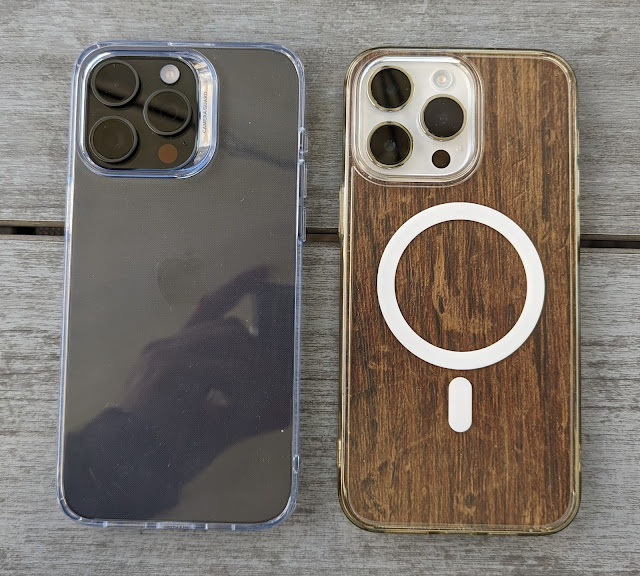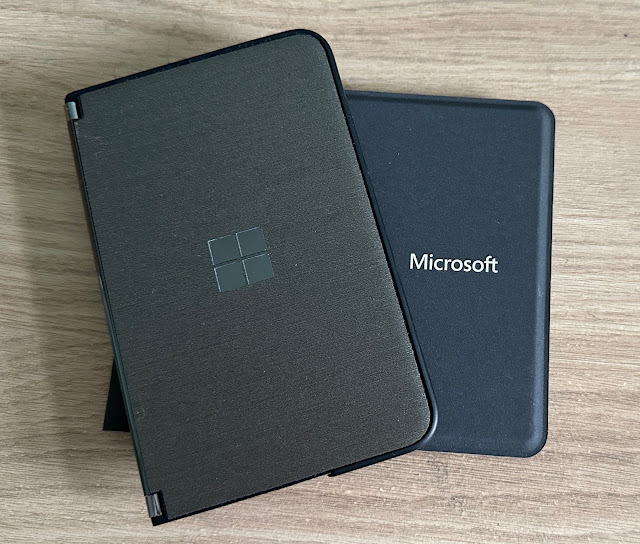The innards/pin-outs of USB Type C
(Lifted from one of my own reviews on AAM and kept here for safe-keeping and reference!)
At its heart though, and simplifying slightly, 'Type C' is just a hardware standard - the mechanical jack, and pin layout. The hardware is rated up to 100Gb/s for data and up to 100W for power, though this of course depends on the implementation and quality of cabling used. Type C:
- is reversible, so works either way 'up'
- supports USB 2.0, USB 3.0 and USB 3.1 Gen 2 standard protocols (a protocol is a set of rules for what happens when certain signals and voltages are seen on certain pins)
- supports third-party protocols in 'Alternate Mode' (see below), depending on the hardware involved
- allows devices to negotiate and choose an appropriate level (Volts, Amps) of power
(Image from Microchip)
- VBUS (Voltage bus) and GND (Ground) are power lines, obviously. Of note is that VBUS isn't always carrying 5V - the USB protocols allow this to be negotiated upwards if needed, to a maximum of 20V under 'so-called' Power Delivery.
- D+ and D- are the main data lines for legacy USB 2.0 devices, while the RX and TX lines are used for data duties under USB 3.0/3.1.
- CC1 and CC2 are for Channel Configuration and tell the hardware which way 'up' the cable is, which end is acting as host, and so on.
- SBU1 and SBU2 are for low speed data transfer, if needed, in 'Alternate modes'.
Various 'Alternate modes' have been thought up so far, effectively using the pins above in creative ways to carry signals for various tasks. DisplayPort, HDMI out, and Intel's Thunderbolt are common examples. The jacks and cables remain the same, but if both ends of the cables speak the same CC language and if the cable is man enough for the job (think frequency support and current carrying ability) then these other modes light up.
(Qualcomm's proprietary Quick Charge 2, 3 and 4 systems, each offering different intelligent selection of voltage and current, are delivered over USB-A at the host end, so they're excluded from this feature. Many Samsung phones supported this a while back, but - partly thanks to the licensing costs involved - the vast majority of modern phones don't include it. I've also not mentioned the proprietary fast charge systems from various Chinese phone makers, also dispensed via USB-A often with a proprietary moulded wall brick and usually with a proprietary cable.)
Clear as mud? Hopefully clearer now, anyway!
PS. If you like this feature and want to support my work then please do so here via PayPal. Thanks.



Comments